Even if I don’t like the man, it shouldn’t affect my normal, rational description of what he has accomplished.
Fernando Alonso’s podium at the Saudi Arabian Grand Prix was the 100th of his career, but we will be remembered more for the confusing and farcical situation that surrounded it.
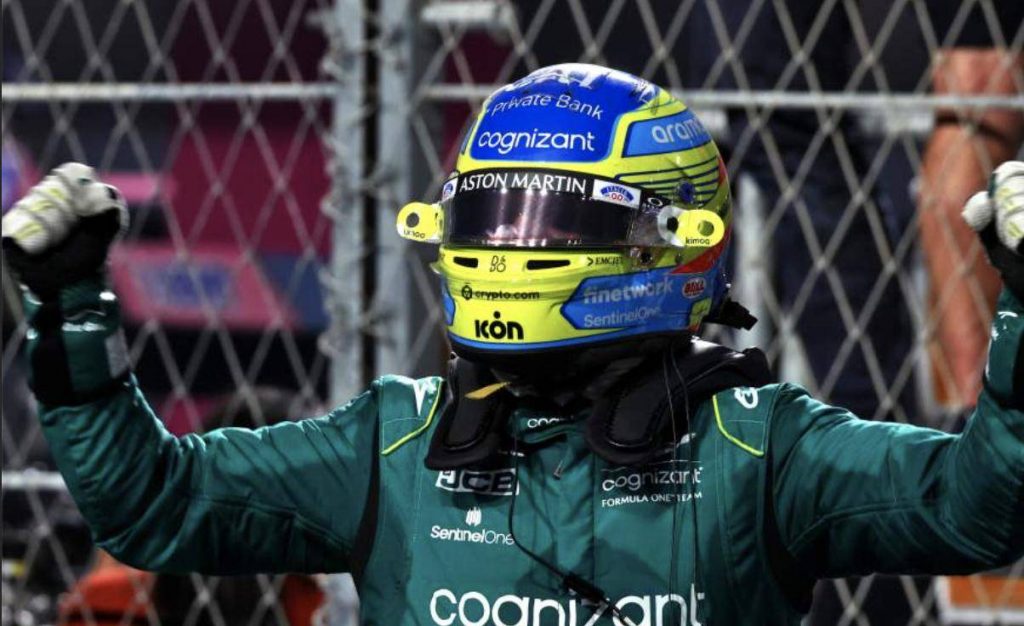
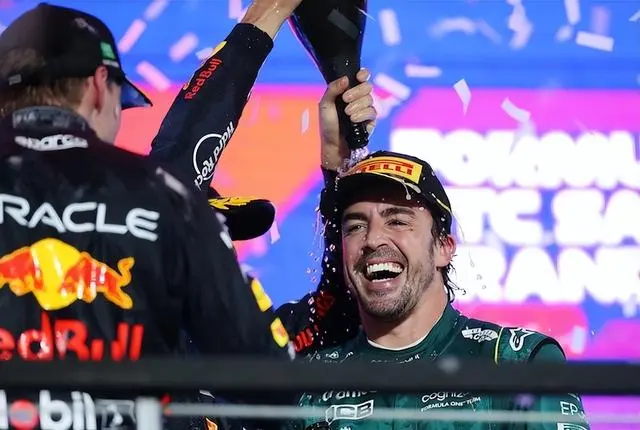
Alonso celebrated on the podium, then was hit with a penalty that dropped him to fourth, only for that penalty to be overturned by the same set of race stewards a couple of hours later. And we must admit that the news itself attracted more attention than Red Bull’s victory.
What happened?
Before race started, Alonso arrived in his second-place grid slot, he did so with the contact patches of his Aston Martin’s left tyres crossing over the line marking the left-hand side limit of his grid spot.
In this year’s sporting regulations, the positioning of the front wheels within the side markings of the slot was added. A yellow line is painted to the right-hand side of the white grid markings to give drivers a visual reference of how far forward they are in their slot. BUT, lining up between the lines relies entirely on the driver’s approach to their position. That is, as long as the front wheel is close enough to the line, but not yet across it, there is indeed a possibility that the driver will not be able to tell if the tyre has crossed the limit, or just not!
And, yes, cameras recorded and answered that Alonso’s Aston Martin crossed the limit line.
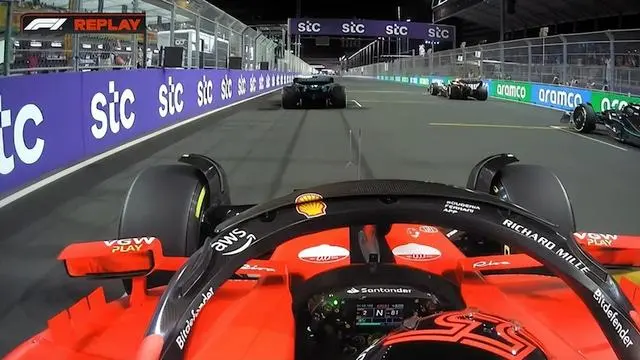
F1’s sporting regulations dictate that five-second time penalties must be served at the driver’s next pit stop, with the clock starting once the car has become stationary and mechanics waiting five seconds before starting work on the car. So, Alonso must accept it, and he served his penalty at his pit stop on lap 18. For more clarification, If the driver does not make another pit stop after being awarded the penalty, the five seconds are simply added to their race time at the end. This situation does not belong to our discussion in this moment.
The Aston Martin mechanics observed the five seconds before getting stuck into the tyre change, but whether they had started “work” on the car before that time became the key factor in the post-race controversy.
Why lost?
Every penalty served in the pit lane is observed by the FIA in real time and reviewed by race control as well as the FIA’s Remote Operations Center (ROC) in Geneva.
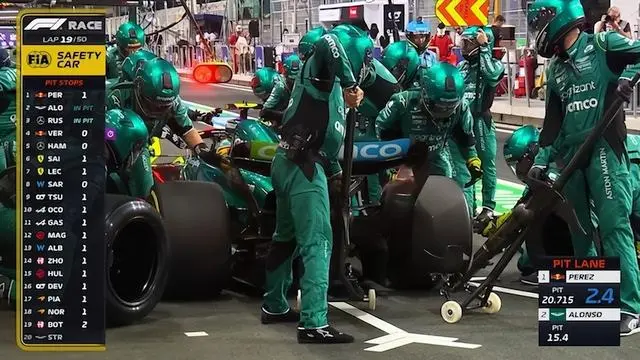
I do believe that the BIG mistake by race director Michael Masi influenced the outcome of the 2021 world championship (The biggest fucking mistake of FIA in passed 10 years), it is the reason for setup ROC. Any sign of a transgression and the incident and evidence is referred to the independent stewards for consideration, but on the initial review of Alonso’s pit stop everything was considered correctly.
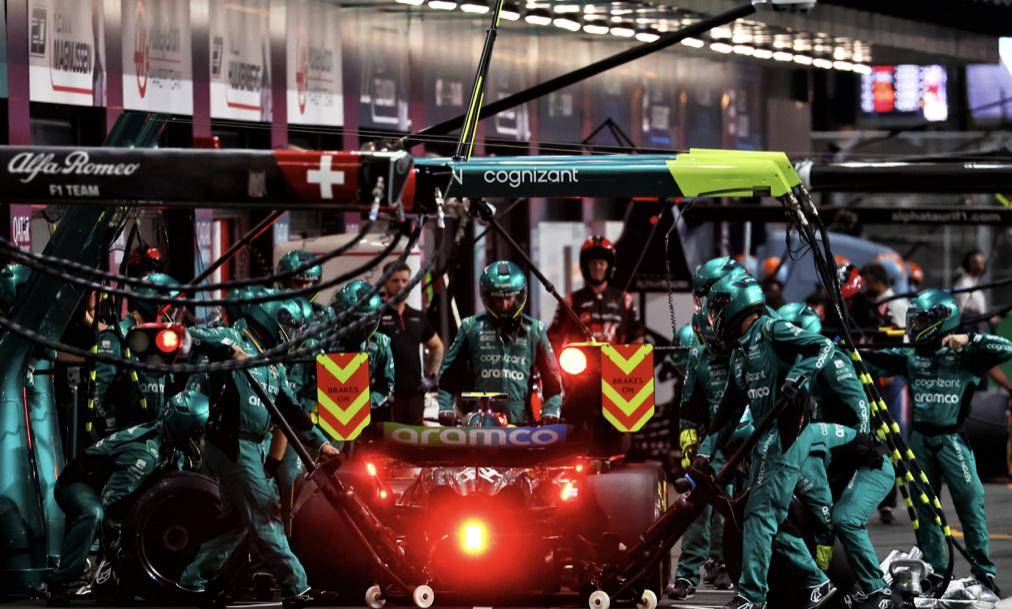
After race finished, and Alonso had left the podium and entered the TV pen to complete more media duties, news was out that he had been served with another 10-second time penalty, which would be added to his race time and meant he would lose third position to George Russell. However, the official document detailing the reasoning for the penalty would not be made public until after midnight, over three hours later, adding to the confusion over exactly what happened.
Why delayed?
It was on the final lap that race control had shared a new report with the stewards stating that ROC now did not think the penalty had been properly observed and requesting a full stewards’ investigation. But before that, initially both race control and the ROC determined Alonso had properly served the penalty.
“Based on the representation made to the Stewards that there was an agreed position that touching the car would amount to ‘working’ on the car, the Stewards decided to impose a penalty.” This was the explanation of decision.
Why returned?
According to FIA race director Niels Wittich and new FIA sporting director Steve Neilsen, who presented the alleged Aston Martin transgression to the stewards in Saudi Arabia GP on the final lap, FIA’s Sporting Advisory Committee (SAC) had agreed that touching the car in any way during the time penalty period was tantamount to working on it. It was on this basis that the stewards awarded the ten-second post-race penalty as it emerged via video footage that the rear jack was touching the rear of Alonso’s car during the five seconds.
It was hoped this had cleared the matter up, but based on its own interpretation of what was actually written in the rules and backed up by previous examples of time penalties being served at pit stops, Aston Martin did not believe that a jack touching the car constituted work taking place. Alonso’s team appealed the decision and 40 minutes later an Aston Martin team representative (sporting director Andy Stevenson) went to the stewards for a hearing. Aston Martin was granted its right to review after sending both the minutes of the SAC meeting and video evidence of seven different instances where a jack had touched a car during a penalty similar to the one Alonso served during the race which were not penalised. This met the FIA’s threshold of “significant and new” information coming to light and allowed for the review, which proved successful.
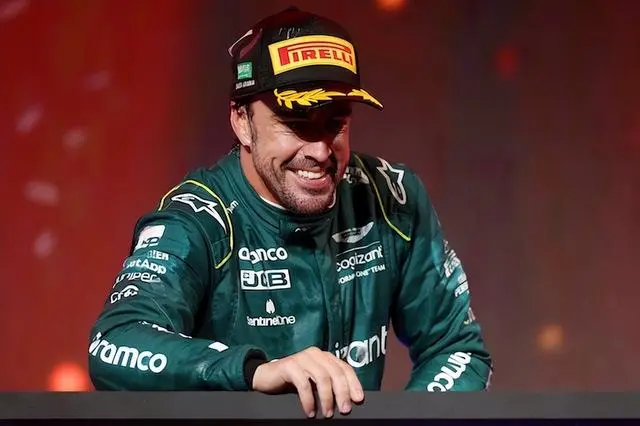
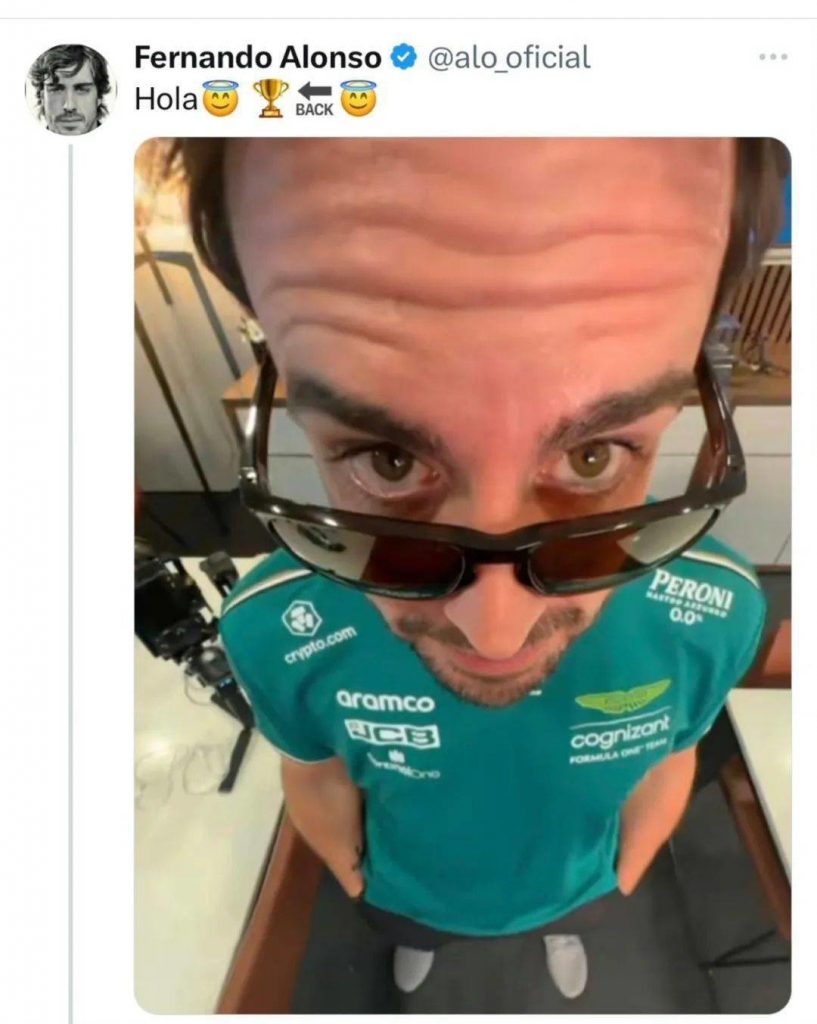
The FIA released its final classification at 01:15 in the morning local time, showing Alonso back in third position and Russell back in fourth, 5.1 senonds behind the Aston Martin driver as he had been when he crossed the finish line.
Shortly afterwards, the FIA released a clarification statement, admitting there had been “conflicting precedents, and this has been exposed by this specific circumstance”. The topic will be addressed at the next SAC meeting on the Thursday (actually, today is the day) ahead of the next race, the Australian Grand Prix.

No responses yet